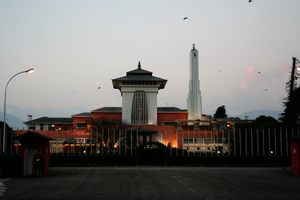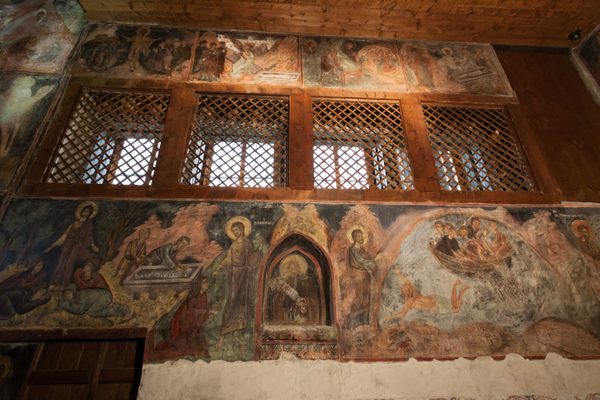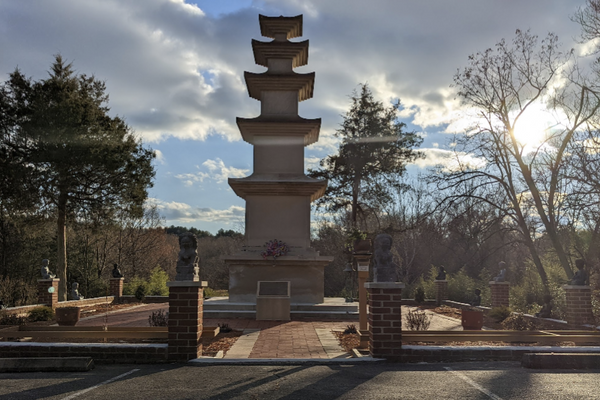About
One of the most prolific bumper sticker and t-shirt slogans in Nepal is “Buddha was born in Nepal.” Although he is often associated with India where he lived and traveled extensively, or with Tibet where his influence is keenly felt, Siddhartha Gautama Buddha is widely believed to have been born in Lumbini, Nepal, where his nascency is majestically celebrated. Standing just outside the renowned Maya Devi Temple in the Lumbini gardens is the Ashoka pillar commemorating this transcendent event.
Buddha’s exact year of birth is disputed, but it is acknowledged that the pillar was erected at least 300-400 years after his existence by the emperor Ashoka in the year 249 BCE. Ashoka ruled over most of present-day India as head of the Mauryan Empire, which was founded on and expanded through violent and bloody conquest by Ashoka and his predecessors. But it is said that he converted to Buddhism and a life dedicated to non-violence when a widow of one of the vanquished revealed to him the extent of his brutality.
Thus chastened, Ashoka embarked on pilgrimages to seek out and honor sacred Buddhist sites and erected a series of pillars at each place to memorialize his own dedication, as well as the sanctity of Buddha. Some 19 pillars are currently known, and most are in India, but the one in Lumbini holds the greatest significance.
The pillar is mentioned in several ancient texts and is believed to have been repaired and re-erected at some point in the 11th or 12th-century. It was re-discovered by Nepali archaeologists in 1896 and has since been refurbished once again. Written in Brahmi script, the pillar’s inscription is said to be the oldest in Nepal and reads: “King Piyadasi (Ashoka), the beloved of Devas, in the 29th year of the coronation, made a visit to Lumbini and paid his homage. Realising the Buddha was born here, a stone railing was built and a stone pillar erected. Because the Lord was born here, the Emperor had the people of Lumbini village freed from some tax and entitled them to the eighth part only.”
In addition to the Maya Devi Temple which houses archaeological indicia of Buddha’s birth, the vast Lumbini gardens are populated with numerous temples, monasteries, stupas, and monuments built by countries from around the world in the 20th and 21st-centuries. But the Ashoka Pillar remains the most totemic tribute.
Related Tags
Know Before You Go
Visitors to Lumbini should plan at least a full-day tour with a guide. For dedicated enthusiasts of Nepali culture and Buddhism, two or more days may be better. Since Lumbini is located in the Terai region of Nepal, the weather can be uncomfortably warm and humid, so be sure to carry water and sunscreen.
Community Contributors
Added By
Published
March 24, 2022































